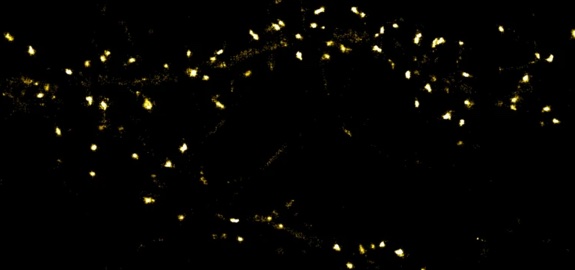Harold Mac Gillavry
Associate Professor
We study the mechanisms that control the molecular organization and function of neuronal synapses. The goal of our lab is to understand the dynamic molecular processes at synapses that control neuronal signaling. Insight in these processes is key for a fundamental understanding of brain function, and the etiology of diseases such as autism or schizophrenia.

The brain continuously integrates and processes sensory inputs through complex networks of neurons that are connected via specialized. At excitatory synapses, multi-domain scaffolding proteins are organized in a dense macromolecular complex that defines the postsynaptic density (PSD), the major structural component of the synapse. These complexes are attached to the membrane where they can reversibly interact with receptors at the surface and effectively concentrate receptors close to the presynaptic release site. Our main interest is to investigate how scaffolding proteins and other synaptic components are organized to contribute to the retention of synaptic receptors at synaptic sites. We found that the distribution of synaptic proteins within individual synapses is highly heterogeneous, with scaffolds and receptors accumulating in distinct sub-synaptic nanodomains. This particular organization is likely to have important implications for synaptic physiology, and we have set out to determine the functional impact of this organization on synaptic signaling.
At excitatory synapses, multi-domain scaffolding proteins are organized in a dense macromolecular complex that defines the postsynaptic density (PSD), the major structural component of the synapse. These complexes are attached to the membrane where they can reversibly interact with receptors at the surface and effectively concentrate receptors close to the presynaptic release site. Our main interest is to investigate how scaffolding proteins and other synaptic components are organized to contribute to the retention of synaptic receptors at synaptic sites. We found that the distribution of synaptic proteins within individual synapses is highly heterogeneous, with scaffolds and receptors accumulating in distinct sub-synaptic nanodomains. This particular organization is likely to have important implications for synaptic physiology, and we have set out to determine the functional impact of this organization on synaptic signaling.
Currently, we focus on determining the mechanisms that control the trafficking, motion and sub-synaptic distribution of synaptic proteins, and the functional contribution of these mechanisms to synaptic structure and signaling.
